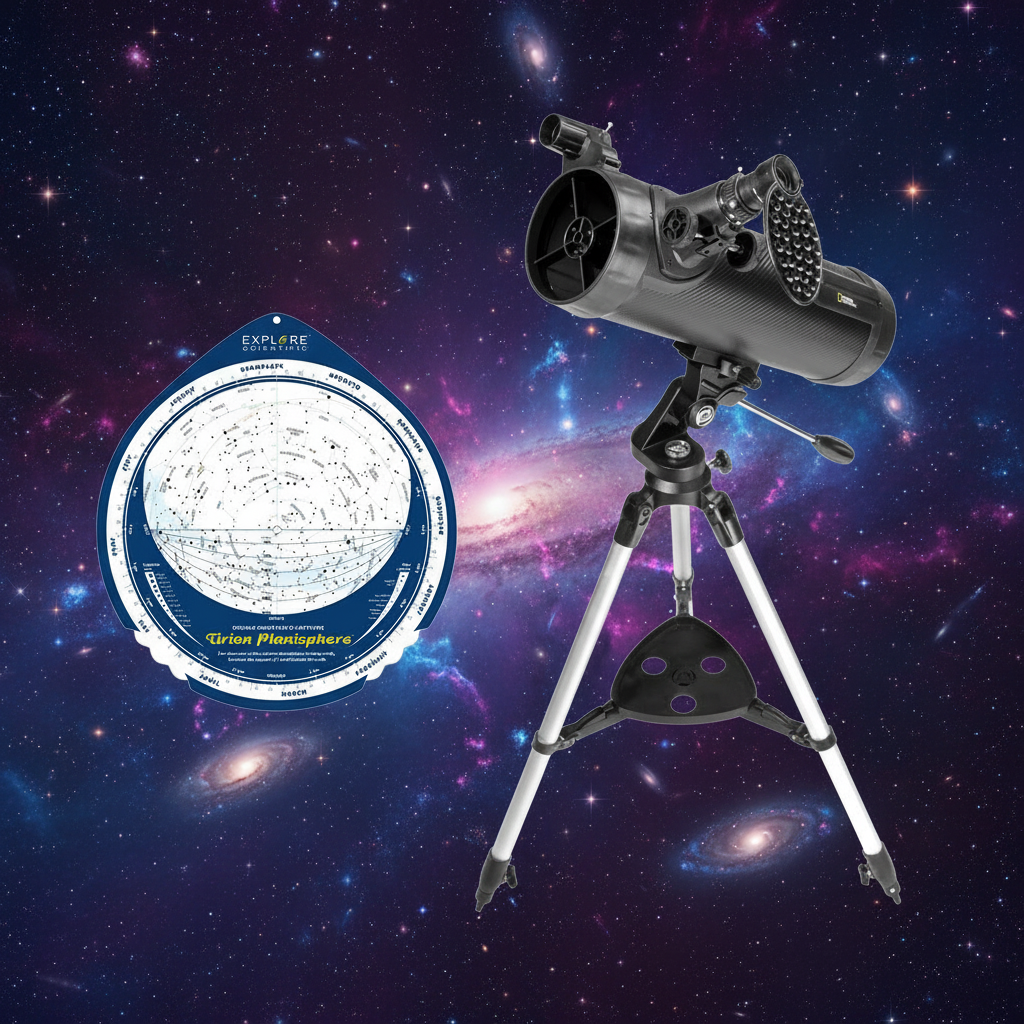Explore Scientific Smart Microscope Slide: Onion Bulb Epidermis (English)
| English | Français | Deutsche | Nederlandse | Italiano | Polskimi | Portuguesas | Español | 中国 | 日本人 | 한국어 |

Onion bulb skin is often used to teach morphology of the arrangement of cells for students of biology. Within the thin skins are several different types of epidermis. Under a microscope at even modest magnification, the epidermis cells are easily visible.
While the onion is a photosynthetic plant (holding numerous chloroplasts in the leaves which collect energy), the transparent layers of onion bulb skin contain a single layer of epidermal cells that carry out the function of storing energy.
The onion plant is classified as a eukaryote: Eukaryotes are organisms characterized with large, complex cell structure in which the genetic material is DNA in the form of chromosomes contained within a distinct nucleus. Eukaryotes include all living organisms other than the eubacteria and archaebacteria.
All eukaryotes have membrane-bound organelles. You can think of organelles as structures that carry out the function of organs, but for cells. This includes a large, membrane-bound nucleus, chromosomes and the Golgi apparatus. But in addition to the cell membrane, onion cells also have a cell wall (made of cellulose) which protects the organelles of the cell and provides the rigid shape and structure. This contrasts with the cells of humans which are also eukaryotes with that have cell membranes, but do not have cell walls.
 |











